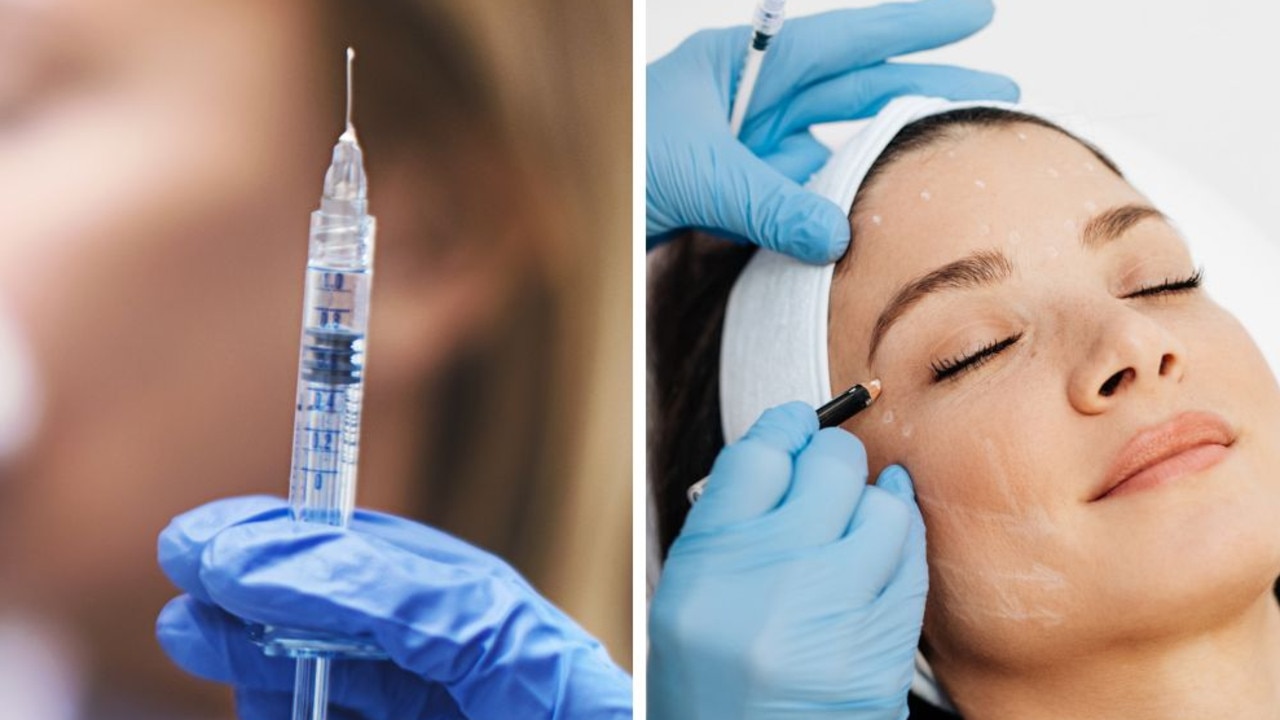Dentists offer Botox and fillers along with your fillings
MANY patients are now able to order wrinkle and laughter-line fillers along with their traditional fillings. But some say it’s a dangerous idea.

DENTISTS are starting to offer Botox and wrinkle fillers as well as traditional fillings.
The move will make cosmetic procedures such as smoothing out laughter lines much easier to obtain.
Industry bosses point out that dentists are already trained in facial anatomy and administering injections.
They regularly use Botox for to treat jaw joint and facial pain.

Several dentists in Perth are already offering facial fillers, with others looking to follow suit, the ABC reports.
The law in Western Australia states that dentists can prescribe Botox “for the practice of dentistry” but the health department leaves it to the dental board to decide what the “scope of that practice is”.
In most other states and territories, the law decrees that the “prescribing [of Botox] must be for dental treatment only”.
But many dentists are eager to start offering the service, which is usually only performed in Australia at specialised clinics with a doctor’s supervision.
“Dentists inject in the face all day, every day as part of their practising life, it’s just that they inject from inside the mouth rather than outside the mouth,” Dr David Hallett, CEO of WA’s dental association, told the ABC.

“Their education and training [is] in anatomy, specifically in the muscles, the nerves, the vascular system and the physiology of the face,”
“Dentists have contacted us wanting to know why, in the past anyway, we haven’t supported some deregulation of the use of Botox in dentistry.”
Paul Meara, an oral and maxillofacial surgeon, said he was concerned by the move.
He said dentists have a less “in-depth understanding of a person’s health” than a doctor, and of the effects of repeated use of Botox. They would also have less practice in administering the treatment.
He warned that Botox injected in the wrong place can leave a person unable to open an eyelid, or with one side of the face over-paralysed so they “look like a stroke victim”.
He also claimed that pharmaceutical companies looking for repeat sales were behind the push.



